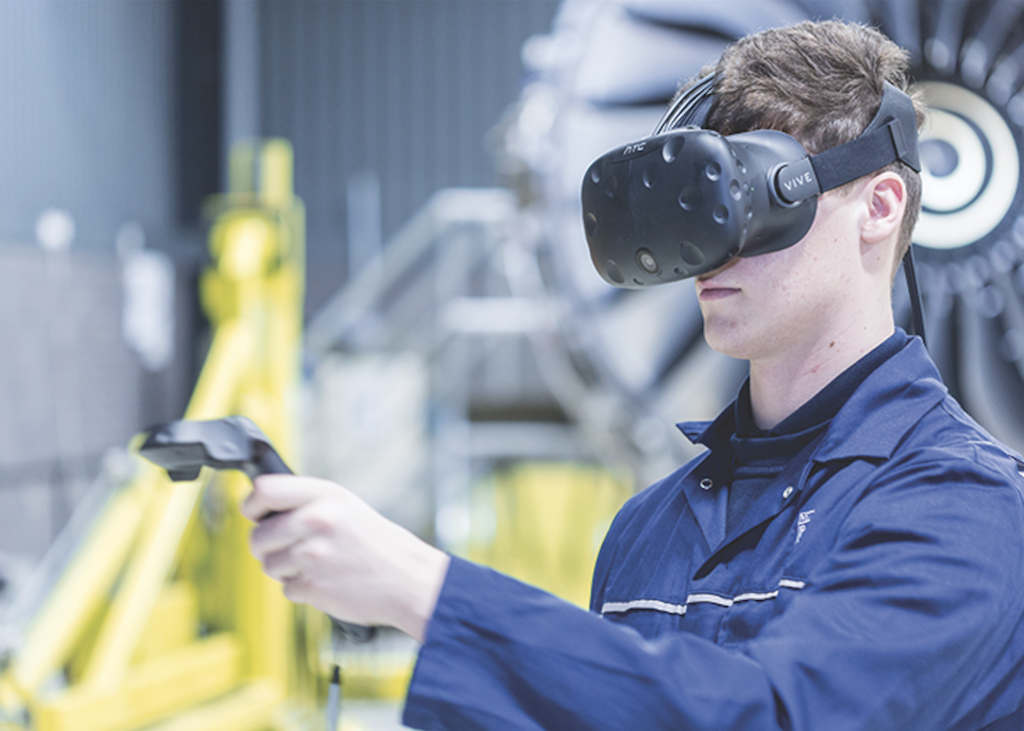 In today’s fast-paced corporate environment, ensuring workplace safety and regulatory compliance is more critical than ever. As organizations grow and evolve, so do the complexities of managing risk and training employees effectively. Traditional training methods often fall short in terms of engagement and retention. Enter VR safety training solutions—a cutting-edge approach that not only enhances learning outcomes but also supports comprehensive corporate compliance risk assessment and improves the delivery of safety training services.
In today’s fast-paced corporate environment, ensuring workplace safety and regulatory compliance is more critical than ever. As organizations grow and evolve, so do the complexities of managing risk and training employees effectively. Traditional training methods often fall short in terms of engagement and retention. Enter VR safety training solutions—a cutting-edge approach that not only enhances learning outcomes but also supports comprehensive corporate compliance risk assessment and improves the delivery of safety training services.
What Are VR Safety Training Solutions?
VR (Virtual Reality) safety training solutions use immersive, interactive simulations to recreate real-life workplace scenarios. From operating heavy machinery to managing hazardous materials, VR allows employees to experience potentially dangerous situations in a safe, controlled virtual environment. This innovative method transforms passive learning into an engaging, hands-on experience, boosting knowledge retention and confidence.
Unlike conventional training programs, VR modules can be customized to reflect specific job roles, locations, or risk factors. This flexibility makes VR an ideal fit for industries like manufacturing, construction, oil & gas, and healthcare—sectors where safety is paramount and the margin for error is slim.
The Role of VR in Corporate Compliance Risk Assessment
Compliance with industry regulations and internal policies is non-negotiable for modern enterprises. Failure to meet standards can lead to legal liabilities, financial penalties, and reputational damage. A robust corporate compliance risk assessment process is essential for identifying potential hazards, evaluating procedures, and mitigating risks.
VR training solutions complement this process by:
Identifying Gaps in Knowledge and Behavior: VR simulations can track user performance, highlighting areas where employees may struggle or make unsafe choices.
Enabling Real-Time Feedback: Trainers can provide immediate feedback based on how employees respond to virtual scenarios, allowing for timely intervention.
Supporting Auditable Training Records: VR platforms often come with data tracking and reporting features, simplifying the documentation required for compliance audits.
By integrating VR into your compliance strategy, you gain a dynamic tool that not only prepares employees for real-world challenges but also strengthens your organization's risk management posture.
Enhanced Safety Training Services with VR
Traditional safety training services—such as classroom sessions, manuals, or videos—often lack the interactivity and real-world relevance that employees need to fully grasp safety protocols. VR fills this gap by making training more engaging and applicable.
Benefits of integrating VR into safety training services include:
Increased Engagement: Interactive simulations keep learners focused and involved, reducing the likelihood of zoning out during crucial training sessions.
Improved Retention Rates: Studies show that experiential learning, like VR, leads to higher retention compared to passive learning methods.
Standardized Training Experiences: VR ensures that every employee receives the same high-quality training, regardless of location or trainer.
Safer Practice Environment: Workers can make mistakes in a virtual setting without real-world consequences, enabling them to learn through trial and error.
Organizations that invest in VR-enhanced safety training services often see a significant reduction in workplace incidents and near misses—contributing directly to improved employee well-being and lower insurance premiums.
Industry Examples: Where VR Safety Training Shines
Construction: Workers learn how to safely operate equipment, navigate scaffolding, and identify fall hazards in a virtual jobsite.
Healthcare: VR simulations teach hospital staff how to handle infectious disease protocols or emergency response procedures.
Manufacturing: Employees can be trained on lockout/tagout procedures, equipment operation, and emergency shutdowns without halting production.
Future-Proofing Your Workforce with Innovative Training
Investing in VR safety training solutions isn’t just about staying compliant—it’s about fostering a culture of safety and continuous improvement. As regulations evolve and workforce demographics shift, modern training tools like VR will become indispensable for organizations seeking to stay ahead.
By incorporating VR into your broader corporate compliance risk assessment and safety programs, you position your company as a forward-thinking leader committed to both innovation and employee safety.
Conclusion
The integration of VR into safety training services offers a powerful way to enhance learning outcomes, improve compliance, and reduce operational risk. As part of a well-rounded safety and compliance strategy, VR safety training solutions not only prepare your employees for the challenges of today but also equip your organization to meet the demands of tomorrow.
Ready to explore the future of workplace safety? Consider how VR can elevate your training programs and support a safer, smarter workforce.